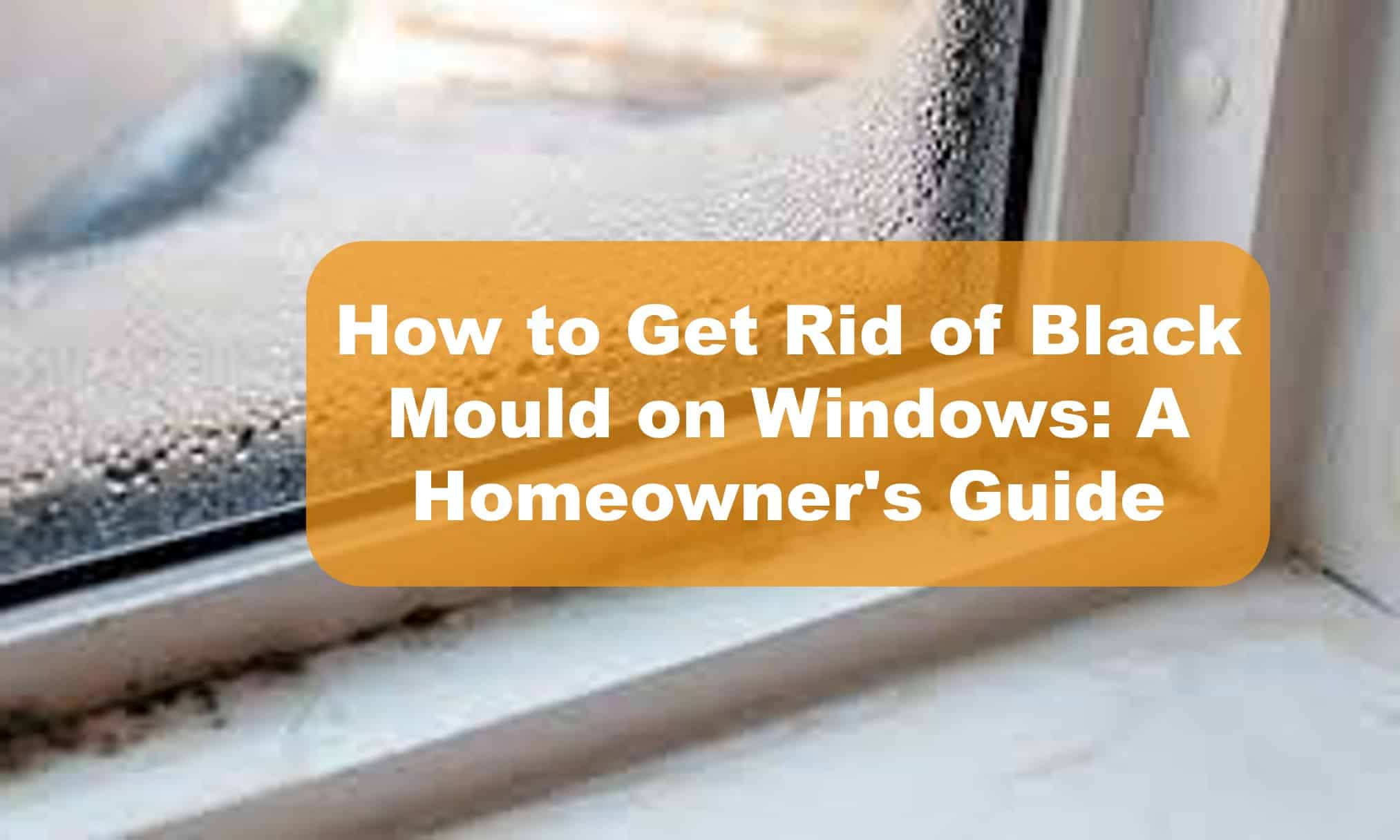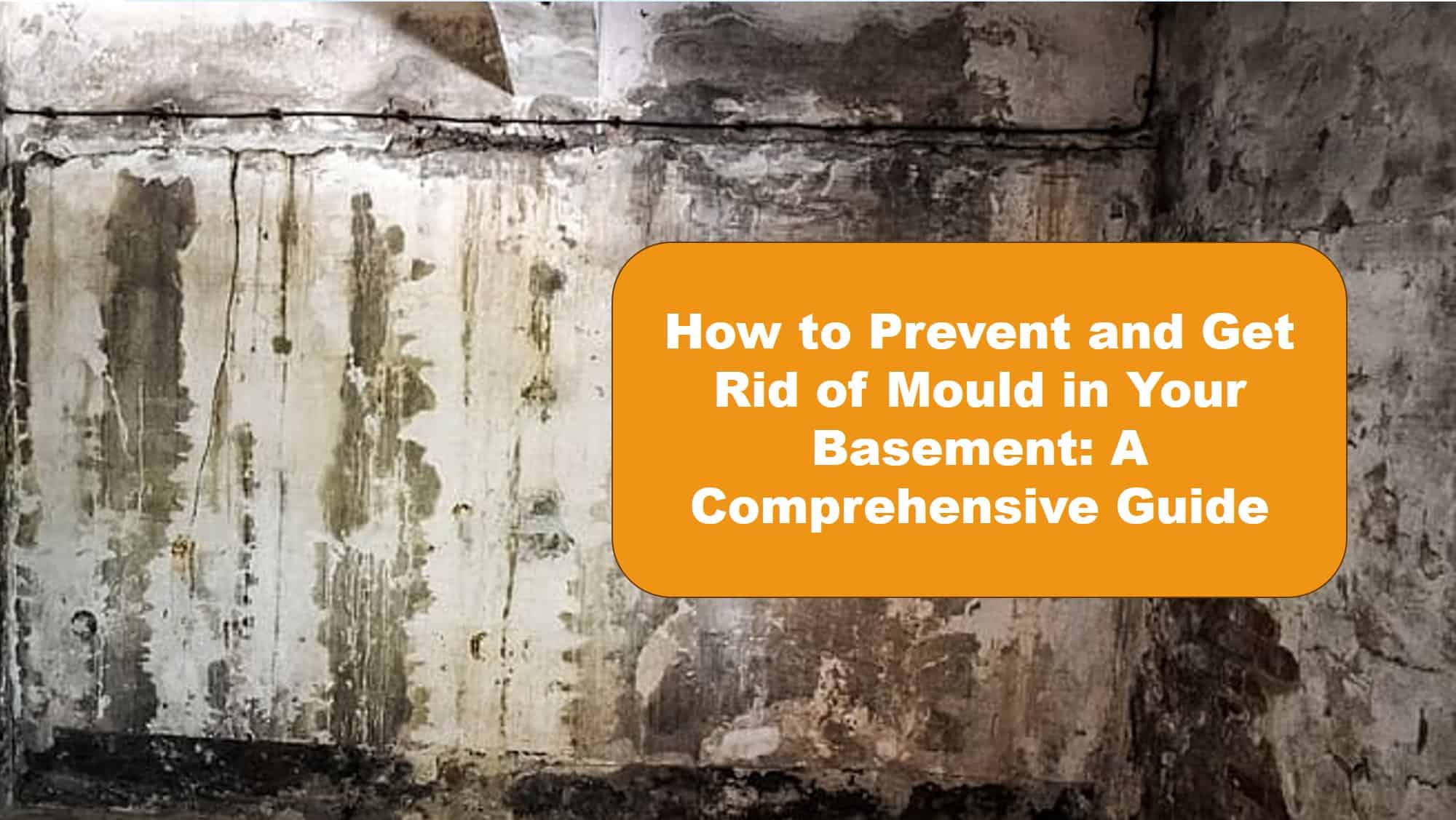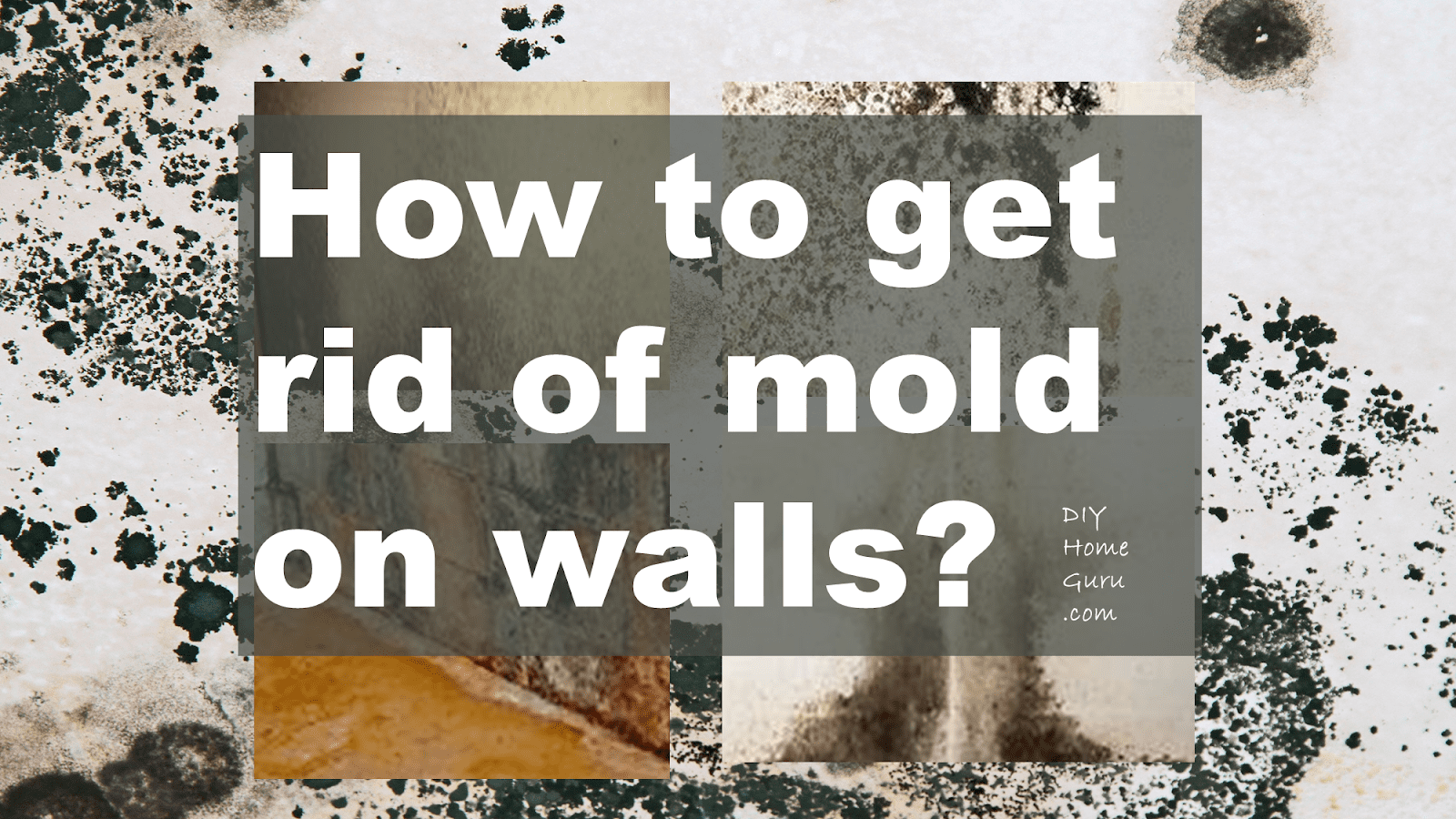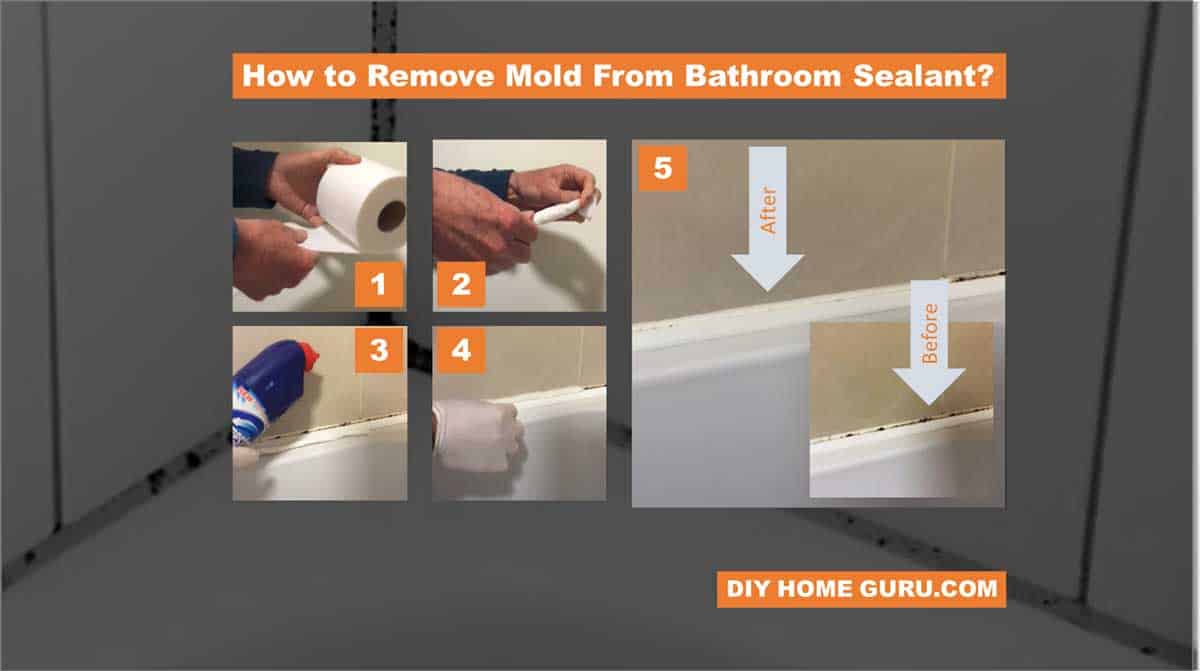Mold loves moisture and thrives in temperatures between 60 and 80 degrees.
The first step of the remediation process is to locate and identify the mold.
Here are the most common kinds and how to identify them.
1) Acremonium
- Classification: It is toxigenic and is terrible for your health.
- Appearance: It starts as a small colony of moist pink, grey, orange, or white mold that becomes a powdery substance over time.
- Location: It loves your cooling systems. Their favorite spots are humidifiers, cooling coils, drain pans, and window sealants. It often grows alongside strachybotrys (black mold) and requires professional help for removal.
- Risks: this type of mold can be scary. It is linked to bone marrow, immune system diseases, and impaired brain function.
2) Alternaria
- Classification: Allergenic
- Appearance: It is velvety in texture with dark green or brown hairs sticking out.
- Location: Their favorite hangout spots are showers, bathtubs, and below sinks. It spreads quickly and is an indication of water damage. It can be safely removed with proper cleaning if the colony is small.
- Risks: Asthma Symptoms
3) Aspergillus
- Classification: Allergenic, but some species is capable of being toxic.
- Appearance: Thick layers of grey or green Long flask-shaped spores. Other colors may exist because of the many species.
- Risks: Minor risk but some mold species may produce deadly aflatoxins. Some people may experience allergic reactions or other more severe reactions like respiratory infections or inflamed lungs.
4) Aureobasidium
- Classification: Allergenic
- Appearance: At first may appear as a pink, brown or black mold color but turns dark brown as it ages.
- Location: likes to hide and are Often found behind wallpaper, on painted/wooden surfaces or under carpets.
- Risks: Eye, nail, and skin infections.
5) Chaetomium
- Appearance: A white and cotton-like textured mold but eventually darkens with time, from gray to brown to black. It has a distinctive musty odor.
- Location: Loves water-damaged buildings, specifically the roof, basement, pipes, and drywall.
- Risks: Skin and nail infections
6) Cladosporium
- Classification: Allergenic
- Appearance: A suede-like textured mold with an olive-green or brown color.
- Location: typically found on carpet, drapes, fabrics, upholsteries, under wooden floors, and cabinets
- Risks: Respiratory and breathing issues
7) Fusarium
- Classification: Allergenic and Toxigenic
- Appearance: Pink, white, or red
- Location: It naturally grows on food but can quickly spread to carpet, wallpaper, and other fabrics.
- Risks: Skin infections and allergic reaction symptoms. Prolonged exposure to fusarium can cause other severe and life-threatening conditions. Think bone infections, brain abscess, damaged nervous systems, and hemorrhaging or internal bleeding.
8) Mucor
- Classification: Allergenic
- Appearance: quickly grows to develop patches of white or gray mold.
- Location: found on wet surfaces where condensation regularly forms like near air conditioners, HVAC ductwork, and leaky windows and doors.
- Risks: Asthma or flu-like symptoms. Mucormycosis is a possible infection in your eyes, nose, sinuses, lungs, or brain. Always call in the pros to get rid of this one.
9) Penicillium
- Classification: Allergenic
- Appearance: the surface of the mold colony is velvet-like with a blue-green color.
- Location: it prefers carpets, HVAC ducts, mattresses, and wallpaper. If you locate any in your home, get rid of it quickly because it spreads fast.
- Risks: these mold spores can quickly move throughout the home in the air. When inhaled, respiratory problems, pulmonary inflammation, asthma, and potentially chronic sinusitis are typical symptoms.
10) Stachybotrys (AKA Black Mold)
- Classification: Toxigenic
- Appearance: slimy dark green or black texture.
- Location: Most often found in areas exposed to excessive water and humidity over a long period inside the home. Places in the house that are damp, wet, or humid for weeks—including wood, cardboard, and wicker are the perfect hiding place.
- Risks: trouble breathing, fatigue, sinusitis, and depression.
11) Trichoderma
- Classification: Allergenic
- Appearance: appears as white and green woolly patches.
- Location: Can grow on wallpaper, carpet, fabrics, and surfaces exposed to excessive moisture. Wet fabrics, wallpaper, and carpet are favorites of this mold.
- Risks: non-pathogenic, but some types may produce mycotoxins, which can cause sinusitis, allergic reactions, and other health problems
12) Ulocladium
- Appearance: Typically black and maybe in clumps.
- Location: Usually found in kitchens, bathrooms, basements, and windows where there is extreme water damage or levels of high condensation
- Risks: Can cause severe reactions like hay fever, skin infections, asthma symptoms, and trouble breathing
If you have mold in your home, call a professional ASAP to keep the mold from spreading to other areas of your home. You can purchase an air purifier as a way to trap mold spores before they land and grow throughout your home.





